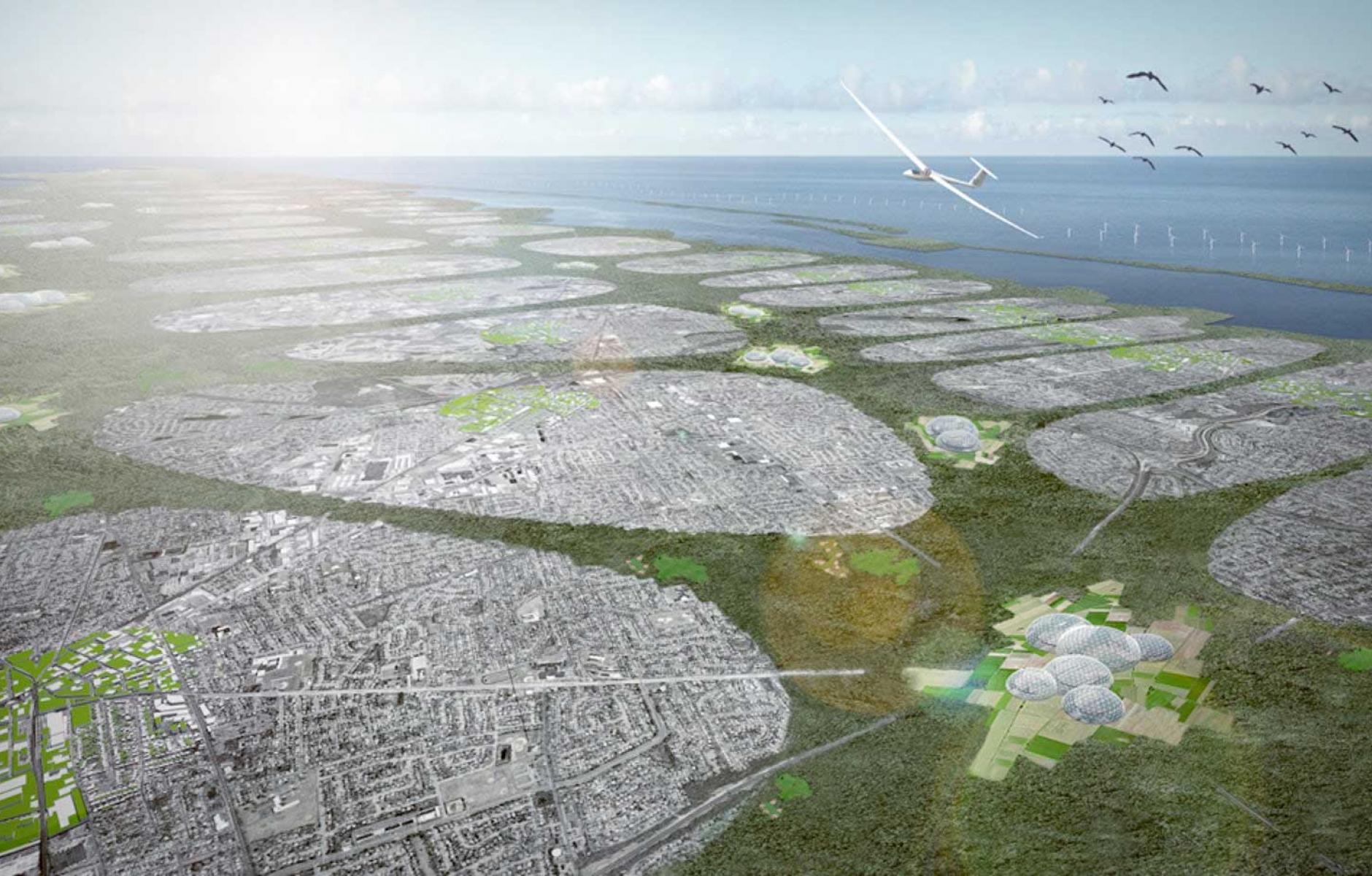
The next great urban reset
Note: A session on the next "great urban reset" will be held at CNU 26.Savannah on Thursday, May 17.
Urban resets are pretty rare in history but once in a century or two they appear. When the old system finally implodes, ideas lurking under the previous system are finally able to rise to the top to set the new patterns.
Arguably everything CNU has done to date is a prelude to the real moment of urban reset just at our doorstep. Form based codes, neo-traditional neighborhoods, and other new urban ideas, though acknowledged as alternatives, are not the dominant patterns. But that could be about to change. Is CNU prepared?
Urban resets in American history
Throughout history there have been many great resets, from Greek urbanism to Roman, or from medieval cathedral and market towns to Renaissance cities. But lets focus on the few examples from America’s brief civilization. The first reset for America was the Jeffersonian one at the cusp of the industrial revolution and the birth of the nation. Look anywhere in our continent’s great interior and you can see its parameters etched in the landscape. Jefferson applied across the country a form of platting that ranged from large boundary lines all the way down to lots based on Roman systems. This vision informed the town squares and gridded neighborhoods of America for decades but also the layout of its farms and fields. It was rigid in plan but flexible for the vibrant economies and communities that unfolded incrementally on top of it.
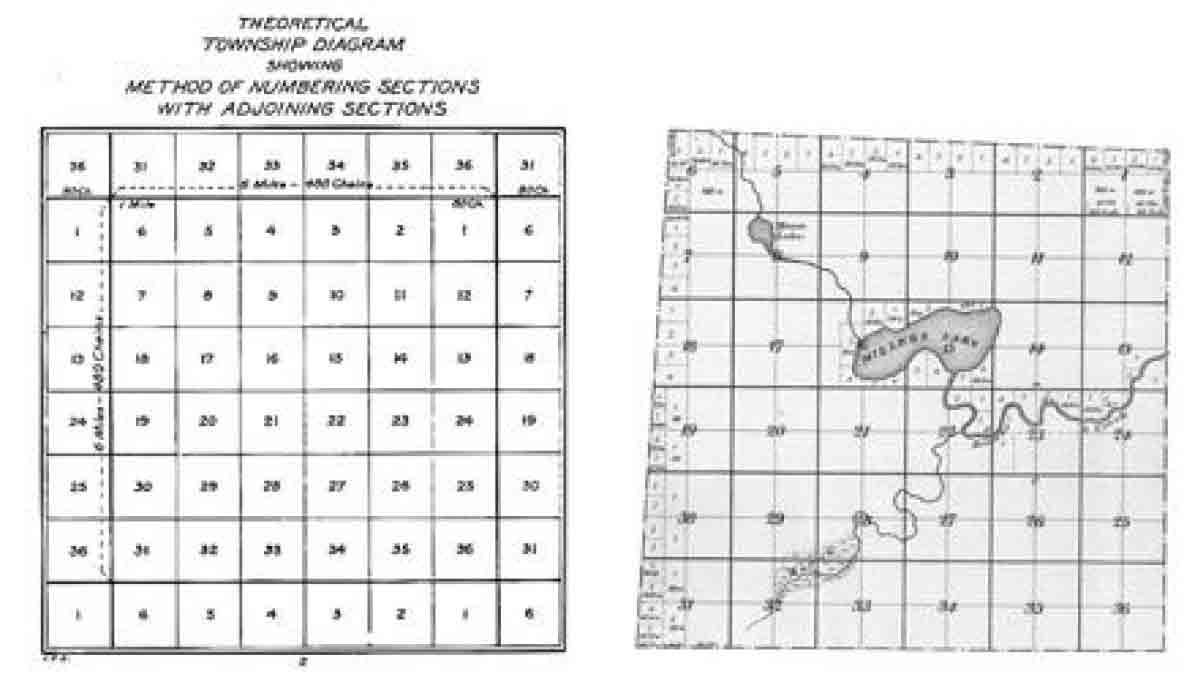
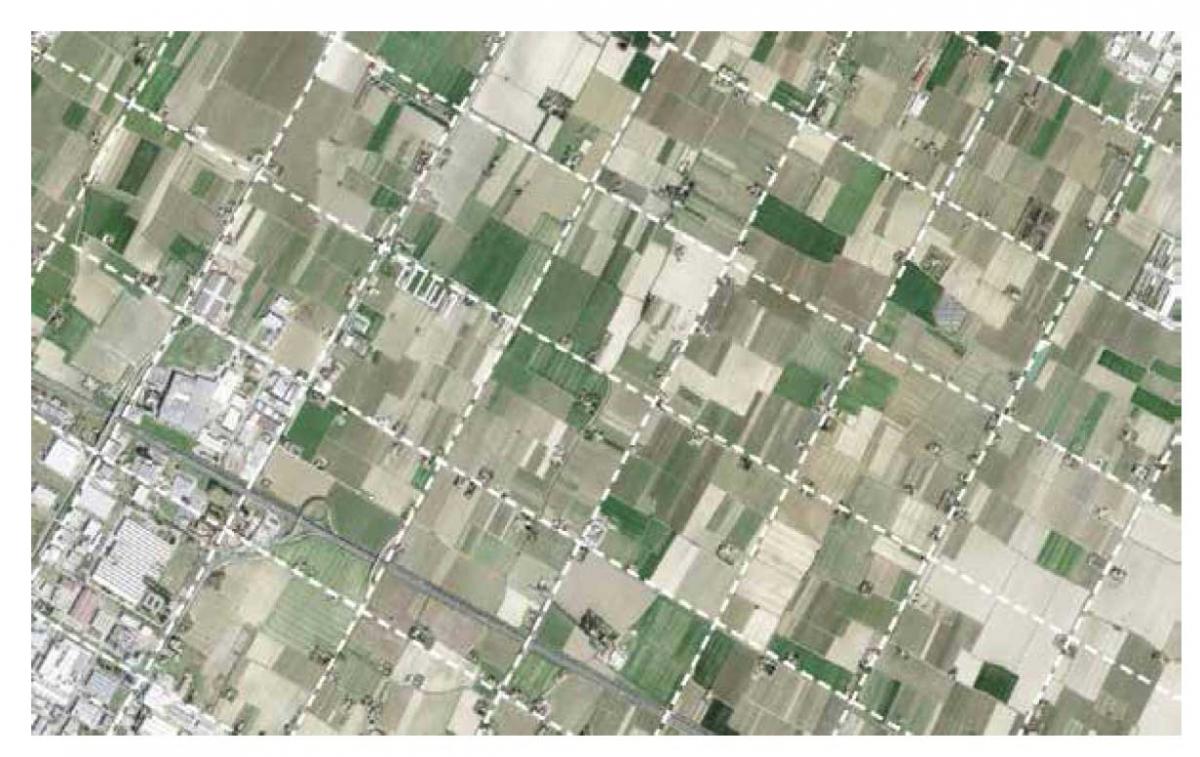
The next great reset in American history, the one that finally supplanted this system, was the mid 20th Century switch from traditional town design to the modernist approach. The ideas of modernism had been building in the first half of the 20th Century. Ideas like Corbusier’s Ville Radieusse, Howard’s Garden City, Wright's Broadacre City, and Futurama by General Motors. But we all know when these ideas exploded across the American landscape in various bastardized forms.
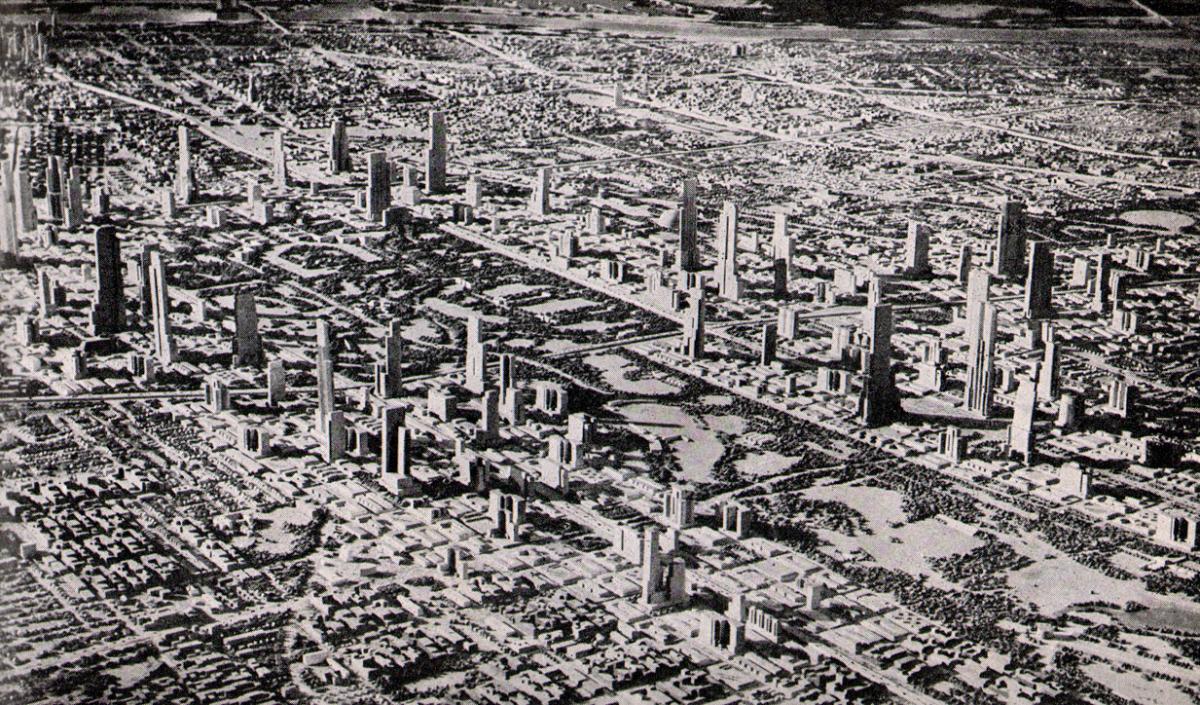
It was the post-war era, when we had the means to implement the new visions en masse. In this era the ideas of rational urban planning and modernist design converged to create the dysfunctional patterns of human habitats that dominate our towns and cities today.
Why the next great reset is almost here
We are arguably fast approaching another reset moment in the early 21st Century. Modernism’s run has been short and spectacular, but it is so dysfunctional to economic process, as New Urbanists such as Charles Marohn document, that it is facing an urban reset much quicker than most such changes occur in history.
2008 should have been the moment, however, it looks like it will come sometime in the next decade or two. How it will play out exactly is uncertain. My bet is that financial pressure from broke Millennials to central bank asset bubbles finally running out of steam will converge with new technologies such as ‘automated everything’ to produce the perfect storm, toppling the current paradigm. But whether or not it plays out like that in detail, based on history, if modernism is truly failing due to its internal contradictions, what is certain is that in the aftermath there will be some kind of reset emanating from whomever comes out on top in the new era.
Civilizations shift or even fall apart but we have always found a way to put them back together based on the resources and leadership available. The job for CNU, as we approach the next great urban reset, is not to waiver from our core principles but rather to make sure that the new vision is a CNU vision.
Reset threat 1: Ecological urbanism
Members of CNU may be convinced that this will be easy. We have the best blue print going forward for making America Great again. We’ve looked at urban precedent, we understand pattern, etc. The movement may even have people from all sides of the political spectrum rooting for it to take hold. But that does not guarantee success in the next great reset.
The current ecological bias in American thinking is perhaps the biggest contender for winning hearts and minds. It is well documented in our field by the Landscape Urbanism, but this way of thinking is so pervasive at our moment in history that it is also taking hold inside the CNU. In this world view everything is “organic,” “ecological,” “bottom up,” and “incremental.”
And when this world view acknowledges a reset is coming, such as with the CNU folks at Strong Towns, they seem to think that by its internal strengths alone a decentralized, bottom up, little guy, world will materialize. It is a beautiful vision, and a clear reaction to modernism, but it is also a dangerous extreme, the pendulum swinging too far in an opposite direction. Bottom up, incremental, and organic have a role, a majority role, but the reality is that there has always been a centralized top down presence as well, and most especially in times of urban reset. We ignore this top down role at great risk.

Sure cities have an ecology, a human habitat, but what the advocates of the ecological way of thinking are confusing are critical distinctions between urban pattern and urban process. While modernism tried to pattern everything from the top down, even the process of city building, through excessively centralized land use planning and other codes, ecological urbanism jerks so far back in the other direction that it almost obliterates the role of centralized pattern in its preference for incremental processes. What is especially worrying for CNU is that this way of thinking has become so strong it threatens to ambush the next great urban reset.
Where the ecological urbanism gets it right is that a great deal, lets say 80 percent or more of city building, is indeed an ecological, incremental process. In this basket of city building activities there are items such as land uses, architecture, construction, all the things that most obviously make up a city but are really quite ephemeral and need to be implemented case by case. These items are influenced by economy, technology, and people making daily decisions for living. They are best left organic and bottom up as much as possible. But this part of city creation is not the full picture.
The rest of the city, let’s say 20 percent or so, is the pattern in which all this active, constantly changing urban stuff sits. It includes things like the open space and park networks, the streets and public right of ways and the parcels and blocks. These city building pieces are foundational and less obvious than say architecture, but extremely durable and influential. Moreover, these patterns have been promoted top down or at least at a greater social scale than the individual or the household, since civilization’s beginning. Such patterns may or may not be codified into laws, but they are communally shared, and they are culturally conceived before anything else gets built or used. The vision is in essence all-of-a-piece and not organic or incremental. These patterns can change, but only when civilization’s reset. Their evolution is punctuated.
Reset threat 2: Retreat and defeatism
Fortunately there are many entities inside the CNU that recognize the powerful role of pattern. They have worked tirelessly to improve communities across America from a holistic pattern first perspective. However, unfortunately there are also many within their ranks who have come to realize that urban patterns are very hard to change, and only really change at historical moments of reset. To their credit, these folks are not proposing utopian visions, but they do suffer from another malice: defeatism and retreat.
I personally call this response to the difficulties of changing holistic patterns at this moment in our history, the Klinkenberg Retreat. This way of thinking is not owned by Kevin Klinkenberg, but it was impressively expressed by him in 2017 while speaking at the Strong Towns Summit in Tulsa, Oklahoma.
At that event Klinkenberg expressed that his career in retrofitting sprawl has been so ineffectual, that the current system is so truculent and rigid, that from now on he is focusing on reanimating the already well-platted places of America.
Most of these places are left overs from America’s first great urban reset in the Jeffersonian era, with a few notable exceptions such as the sublime urban patterns of Savannah, Georgia, where Klinkenberg currently works.
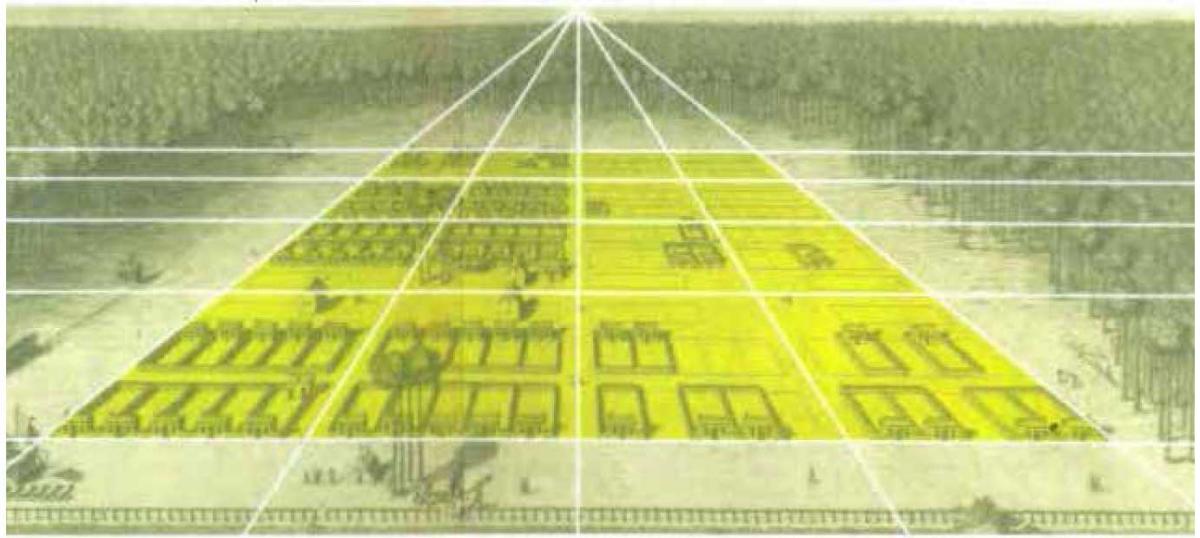
The frustration of the Klinkenberg’s of our era is understandable, but a Klinkenberg Retreat also is a wrong-headed response at this moment in history. Naturally we should be reanimating the already well-platted places of America, places that include the phenomenal patterns of Savannah. But we must be doing this in tandem with the re-purposing of the poorly platted places as well.
The primary problem with a Klinkenberg Retreat is that it leaves the vast majority of America out in the cold. If for example you use the US Census Bureau’s housing stock data as a proxy for the patterns undergirding it, very little of America has a pre-modern pattern. You can throw in a few nobly constructed New Urban places to prop up the numbers, but certainly 80% or greater of American communities will get left behind in a retreat.
Then next problem with the Klinkenberg Retreat is that most of the people that will be left in the cold will be at the bottom of society. It’s not just the Klinkenbergs but also the top income tiers who are retreating to America’s pre-war towns and cities. The term often bantered around for this market change is walkability. But essentially, in any region with a strong economic pulse, the well-platted places, the places which by their fundamental patterns have value, are being gobbled up by the rich. If our society is to have a physical template that binds us going forward we need a vision that can truly help both the historic Savannah’s and the modernist sprawls of America.
What’s next for CNU?
Looking back in America’s history Jefferson’s 1795 Land Ordinance is instructive for the next reset, not in its details but rather in its broad strokes. It was a holistic template for creating productive lands emanating from a national committee, but its implementation, making those lands actually productive, fell on the incremental efforts of the yeoman farmers and town builders of America’s heartlands. It wasn't perfect, especially its obliviousness to natural features, but no system is flawless, and there is no reason we couldn't have a new national template, akin to the land ordinance in spirit rather than details, to fit our own times.
All civilizations get a template and replicate it. It is their ontological imperative. When a template, however, is ill conceived or for all intents is absent, as the ecological urbanists propose, the new system simply unfolds unsuccessfully within the outmoded patterns of the old society. A better approach is to reorient the civilization’s template; to reset the system so it can spin off in a different direction unencumbered by the old patterns.
I strongly believe that sometime soon in this century most of America will have to be physically repurposed both in its urban patterns and its urban processes. It will not be an exact repeat of the Jeffersonian reset. It will not be a great landscape grid executed by pioneers. Instead It will require a finer grained set of master street grids for the places that can remain as towns and probably the aggregation of many other places back into viable farms, fields, or forests. But whenever the reset moment arrives, CNU must make sure it is at the table for the future’s version of the Jeffersonian Ordinance Committee.
Whenever that time comes, when the follies of modernism have finally played out, CNU must have its own house in order and be ready to lead. CNU has the experience. It has the vision. It just needs to make sure it doesn’t let ecological creep or urban retreat ambush it right before America’s next great urban reset.




